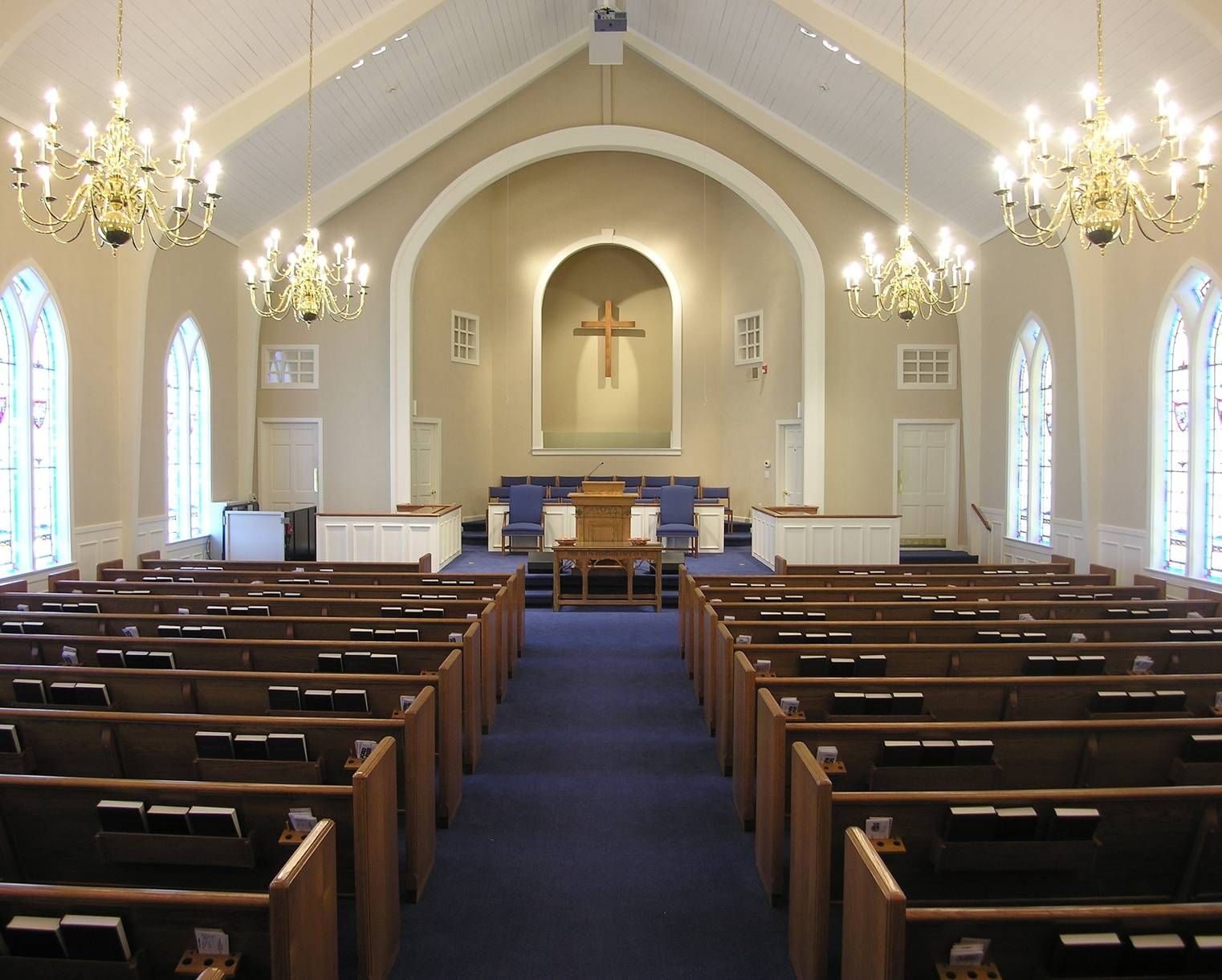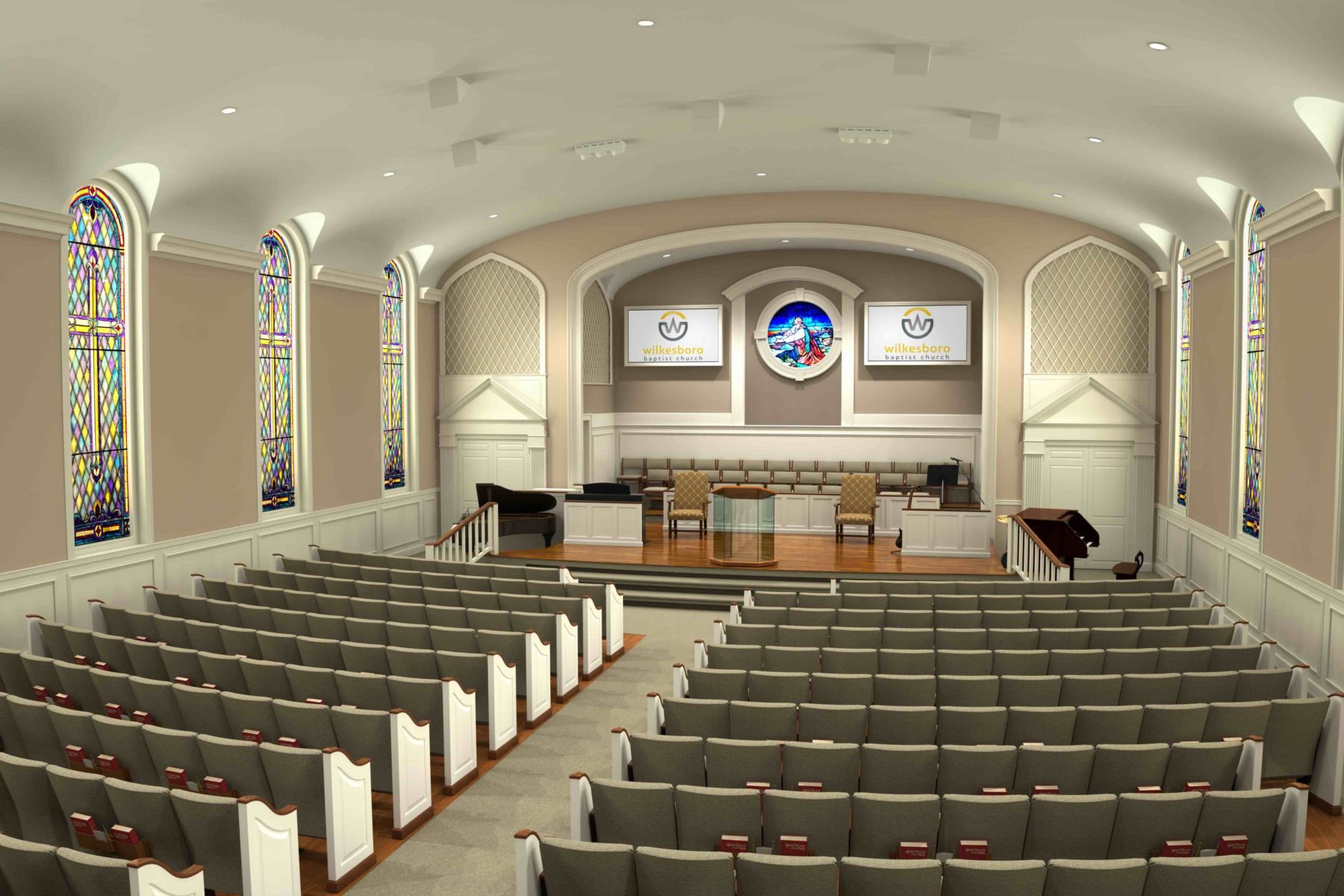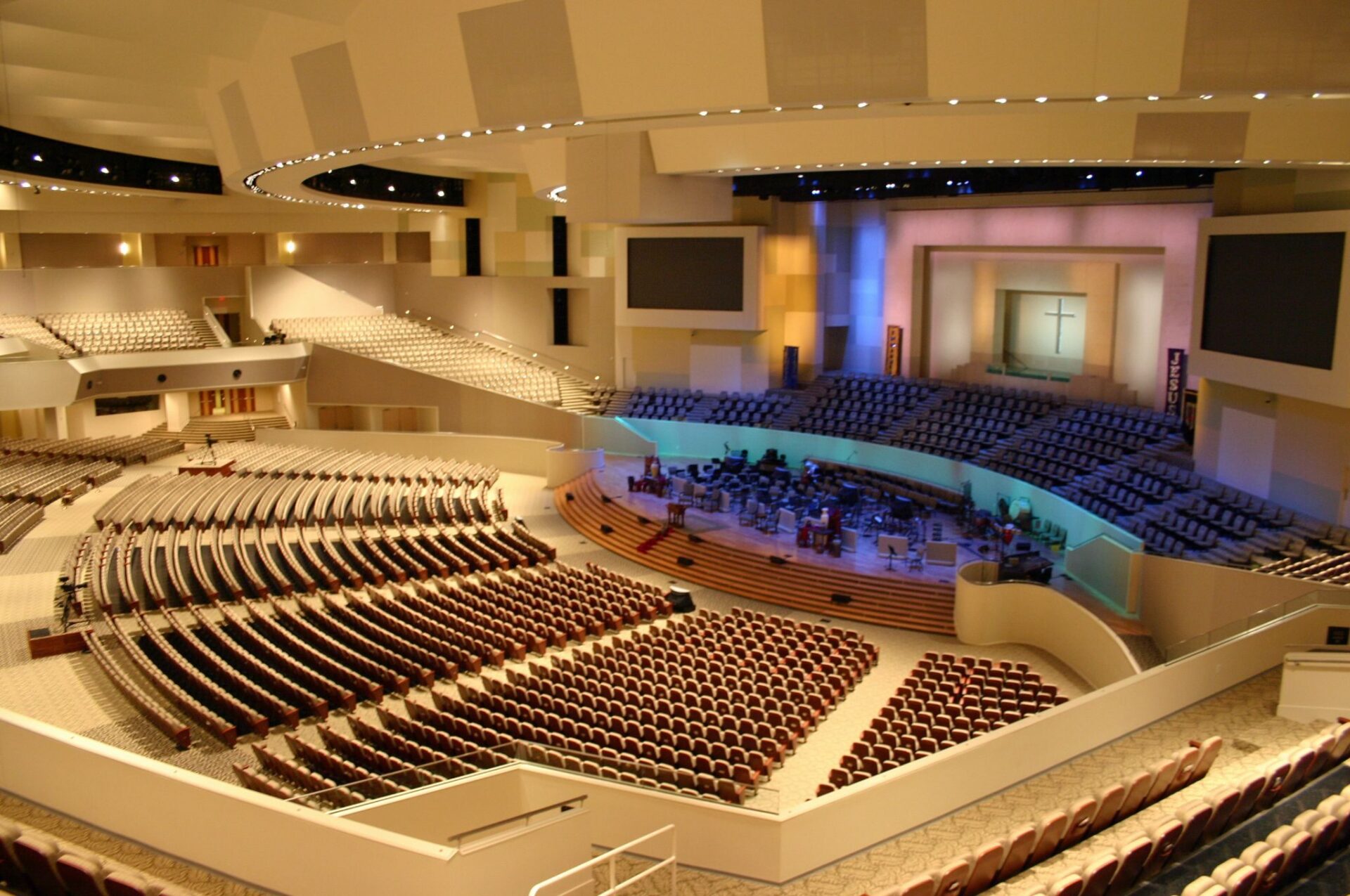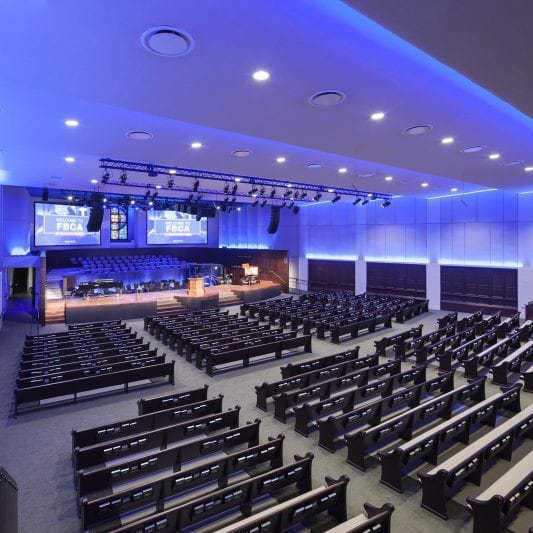
Imagine this: sunbeams pierce vibrant tapestries, illuminating a space where whispers of ancient prayers mingle with the soft hum of contemporary lighting. Gone are the dusty pews and dimly lit halls; in their place, a canvas of warmth, accessibility, and modern artistry beckons, welcoming hearts of all ages and faiths. This isn’t your grandma’s Sunday school room; it’s the captivating world of Modern Church Interior Design, where sacred traditions embrace the light of the present, creating a haven for connection and spiritual growth.
So, ditch the preconceived notions of Gothic arches and gloomy corridors. Today’s church design is a vibrant tapestry woven with innovation and inclusivity. Forget about replicating a museum; it’s about fostering community, reflecting modern sensibilities, and creating a space that speaks to the soul in a language that resonates with today’s diverse congregations.
Introduction
In recent years, the landscape of church interior design has undergone a significant transformation, blending traditional spiritual elements with contemporary aesthetics. Houses of worship are no longer confined to solemn and traditional atmospheres; instead, they embrace innovative designs that foster a sense of community, spirituality, and inclusivity. Let’s delve into the intriguing realm of modern church interior design and explore the key elements shaping these sacred spaces.
Light as the Guiding Beacon: Illuminating the Path Forward

In modern church design, light isn’t an afterthought; it’s the architect’s muse. Imagine expansive windows bathing the space in natural radiance, drawing attention to intricate architectural details and fostering a sense of connection with the outside world. Picture strategically placed lighting, guiding the flow of movement, creating intimate sanctuaries for prayer, and highlighting artwork that speaks to the spirit. Let the light be your guide, sculpting the space with warmth and openness, welcoming all who seek solace and communion.
A Symphony of Textures: Where Stone Meets Wood, Modern Meets Natural
Forget the monotony of sterile walls and generic pews. Modern church design celebrates the beauty of contrasting textures. Imagine rough-hewn stone whispering stories of faith across centuries, juxtaposed with the sleek grace of contemporary wood crafted with modern finesse. Picture plush carpets echoing the comfort of home, while metallic accents add a touch of modern elegance. Every texture a brushstroke, painting a story of tradition and evolution, of the timeless spirit embracing the present.
A Palette of Faith: Beyond Stained Glass, Color Takes Center Stage
While stained glass remains a cherished legacy, modern church design isn’t afraid to explore a broader palette. Imagine splashes of vibrant blue evoking the heavens, earthy greens symbolizing hope and renewal, and warm ochre hues reflecting the fire of faith. Picture subtle gradients on textured walls, inviting contemplation, and artwork bursting with color, adding a touch of personal expression. Remember, color is a language; let it speak to your congregation, whispering comfort, joy, and the boundless possibilities of faith.
Beyond Pews: Flexible Spaces for Modern Rituals

Modern church design recognizes the diverse needs of today’s congregations. Imagine mobile partitions transforming one space into several – a sanctuary for worship, a cozy space for intimate gatherings, a lively room for youth activities. Picture comfortable seating options catering to all ages and abilities, inviting quiet reflection and fostering a sense of inclusivity. This isn’t a rigid museum; it’s a living space adapting to the evolving needs of the community, a vibrant hub for shared experiences and spiritual growth.
Technology as a Tool for Connection: Not a Replacement for Faith
Modern church design doesn’t shy away from embracing technology. Imagine digital screens displaying inspiring messages, hymns seamlessly transitioning into contemporary music, and virtual tours connecting members who can’t be physically present. But remember, technology is a tool, not a master. Let it enhance the experience, facilitate connection, and amplify the message of faith without replacing the human touch and the sacredness of tradition.
Art as a Bridge to the Soul: Speaking Beyond Words

In modern church design, art isn’t just decoration; it’s a bridge to the soul. Imagine thought-provoking sculptures sparking introspection, contemporary murals whispering stories of hope, and abstract installations inviting personal interpretation. Picture vibrant mosaics and captivating stained-glass windows, not just as historical relics, but as portals to contemplation and spiritual connection. Let art be your silent preacher, speaking to the hearts of your congregation in a language beyond words.
Building a Sanctuary for All: Were Inclusivity Reigns Supreme
Modern church design recognizes that faith transcends demographics. Imagine ramps and wide doorways welcoming all abilities, multilingual signage fostering inclusivity, and designated quiet spaces offering solace for those seeking introspection. This isn’t just a physical space; it’s a sanctuary for all, reflecting the boundless embrace of faith. Let the design embody compassion, understanding, and acceptance, creating a haven where everyone feels welcome to connect with their spiritual core.
From Tradition to Transformation: Embracing the Journey

Modern church design isn’t about erasing the past; it’s about building upon it, evolving with the times. It’s about honoring cherished traditions while embracing the possibilities of the present. Remember, it’s a journey, not a destination. Experiment, adapt, and listen to the needs of your community. Let the design reflect your unique story, the shared faith that binds your congregation, and the boundless possibilities of spiritual growth.
Conclusion
Embrace the opportunity to redefine church interior design as a beacon of inclusivity, innovation, and spiritual growth. Let your space be a living testament to faith, reflecting the modern spirit while honoring cherished traditions. Create a haven where everyone feels welcome, where light guides the way, and the art of design speaks to the soul. Remember, your church is more than bricks and mortar; it’s a sanctuary for hearts on a journey of faith, and your design choices have the power to shape that journey in profound and transformative ways.
You May Also Like…
- Five Ideal Places, Best Ideas For A Romantic Date
- Nutrition Focused Approach to Weight Management for Specific Health Conditions
- Are Pet Monkeys Legal
FAQs
1. Does modern church design have to be expensive?
Absolutely not! Innovation and inclusivity don’t require a hefty budget. Upcycle furniture, create DIY art installations, and utilize natural light to achieve stunning effects without breaking the bank. Remember, creativity and resourcefulness are key.
2. How can we ensure our modern church design remains true to our traditional values?
Strike a balance! Incorporate historical elements like stained glass or architectural details in a new context. Choose artwork that reflects your faith’s symbolism while using contemporary styles. Remember, tradition can thrive alongside modern interpretations.
3. How can we involve the congregation in the design process?
Hold brainstorming sessions, organize design competitions, and gather feedback throughout the process. Empowering your community fosters ownership and creates a space that truly reflects their needs and aspirations.
4. Where can we find inspiration for modern church design?
- Browse architecture and design magazines: Explore publications featuring innovative religious spaces. Get lost in stunning visuals and expert tips.
- Follow design blogs and architects: Find inspiration from professionals dedicated to creating meaningful faith-based spaces. Immerse yourself in their projects and design philosophies.
- Visit modern churches and religious centers: Experience design solutions firsthand and see how different communities are translating their values into physical spaces.
- Seek out art and cultural institutions: Museums, galleries, and even nature can offer inspiration for color palettes, textures, and artistic expression.
- Travel and explore diverse religious architecture: From ancient temples to modern mosques, open your mind to the architectural expressions of different faiths.
5. How can we ensure our modern church design remains welcoming and accessible for all?
Prioritize user needs. Focus on clear signage, wide aisles, ramps, and designated spaces for reflection and prayer. Remember, inclusivity means catering to all ages, abilities, and backgrounds.


